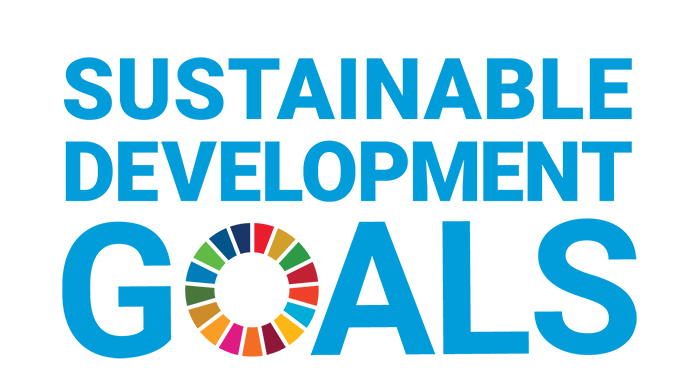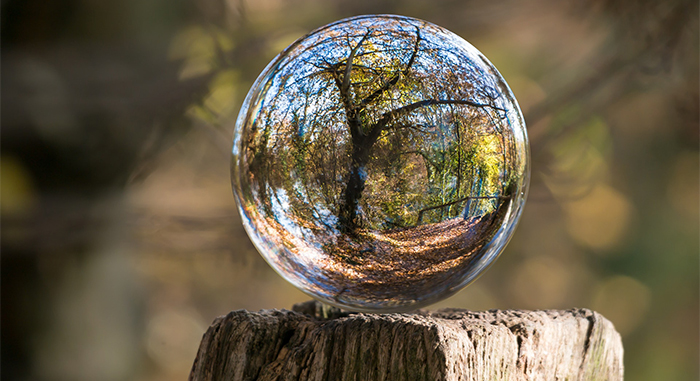Our work with the global goals at Design Sciences
For the human being – with sustainable design and technology
People, environments and objects affect each other mutually – at home, at work and in society. At Design Sciences, we start out from the UN’s global goals to create sustainable living conditions for everyone. For us, it’s about designing technologies and environments for the good of all people based on these sustainability goals.
Research on the sustainable workplace, digitalization’s effects, food waste, sustainable transport, the impact of airborne particles on health and the environment, and how products and design should function in order to be accessible to all – at Design Sciences, all these perspectives come together under the same roof.
The courses offered at Design Sciences are closely linked to current research – here you can find the School of Industrial Design and several other engineering and Master’s programs that are creating the basis for the sustainable design of future products, processes and environments.
The breadth of the subjects, the interdisciplinarity, and the collaboration with the world around us all create the right conditions for meeting the complex challenges society faces today – for the benefit of the climate, digitalization, industry, community building and life.
1: No Poverty
At Design Sciences, we start out from the UN’s global goals to create sustainable living conditions for everyone. Some goals are addressed more than others, however, and there is currently not much activity concerning goal 1, No Poverty.
2: Zero Hunger
With research and education on packaging which extends the durability of food, Design Sciences are tackling Goal 2, Zero Hunger. This can be about transporting food from the producer to the consumer safely, efficiently and sustainably, but also about how modern 3D printing technology can be used to print packaging prototypes and even the food itself.
3: Good Health and Well-being
Design Sciences have several fields of research and education that contribute to good health and benefit life. To ensure healthier lives, work is currently underway in areas such as the airborne spread of infection, inclusion and accessibility, and good health in the workplace.
4: Quality Education
Design Sciences are working to provide relevant and usable education both to students at the University and to professionals through freestanding courses and contract education. This is done by allowing different experiences to meet, by altering perspectives and combining theory and practice, with the School of Industrial Design as a good example. The department also works through committed and educationally forward-looking teachers, many of whom are recognised as Excellent Teaching Practitioner
5: Gender Equality
In many countries, air pollution is a major health challenge but also a gender equality problem, insofar as women have proven to be more exposed than men. This has been pinpointed by research at Design Sciences. Another example of a field relevant to Goal 5, Gender Equality, is how gender perspectives in safety work can prevent occupational accidents.
6: Clean Water and Sanitation
At Design Sciences, we start out from the UN’s global goals to create sustainable living conditions for everyone. Some goals are addressed more than others, however, and there is currently not much activity concerning goal 6, Clean Water and Sanitation.
7: Affordable and Clean Energy
Sustainable and modern energy for all is necessary to meet several of the challenges facing the world. Design Sciences participates in projects on innovative energy solutions that contribute to sustainable urban development and business models that lead to quicker transition. Research into healthier indoor environments also includes the issue of sustainable energy use.
8: Decent Work and Economic Growth
With research and education on sustainable workplaces, Design Sciences addresses Goal 8, Decent Work and Economic Growth. Current research is tackling questions such as: What conditions are required for a healthy work environment with few risks? How is the work environment affected by digitalisation? How do we ensure a good work environment during a pandemic? The research is conducted in close collaboration with workplaces and professionals and often directly benefits working life.
9: Industry, Innovation and Infrastructure
With education and research in innovation, Design Sciences aims to contribute to sustainable and inclusive industrialisation. Through a better understanding of innovation activities and processes, and methods and tools to achieve innovation, the department contributes to sustainable solutions that can benefit industry – and thereby a sustainable society.
10: Reduced Inequalities
How do we capture the organisational gaps which mean that a patient in cancer care sometimes slips through the cracks? Can we use digitalisation as a complement? This is a question intriguing researchers at Design Sciences, which has led to projects aiming to empower patients and their next of kin. Another important research field that addresses goal 10, Reduced Inequalities, is how we can use universal design to move away from thinking in categories to instead create an inclusive environment designed with all citizens in mind.
11: Sustainable Cities and Communities
For whom are cities designed? Universal design has emerged within architecture and design as an effort to reach all people regardless of their circumstances. The field is an important part of Design Sciences research and education and it addresses issues such as: “How can universal design and human diversity contribute to sustainable urban development processes and construction projects?”
12: Responsible Consumption and Production
In order to increase the sustainability of our production of various goods, we need to think innovatively and push boundaries. At Design Sciences, research is underway into how we can use 3D printers to reduce consumption of materials and find smarter solutions for tools. This technology also enables us to reduce transport by printing spare parts on site and saving fuel thanks to lighter components. Within Goal 12, we are also researching how consumption affects our environment. This can apply for example to challenges regarding e-commerce, with everything it involves in terms of complicated logistics, management of returns and new consumption patterns.
13: Climate Action
The climate changes in our time require quick interventions both to combat their causes and to limit their effects. At Design Sciences, we focus on both areas – prevention through the study of particle emissions from the combustion of renewable fuels, for example, or how we can reduce emissions from our freight transport by using fossil-free fuels, and remedying/limiting effects by researching how we can reduce the impact of heat through innovative clothing or smart apps to link weather forecasts to individual recommendations on heat balance.
14: Life below Water
At Design Sciences, we start out from the UN’s global goals to create sustainable living conditions for everyone. Some goals are addressed more than others, however, and there is currently not much activity concerning goal 14, Life below Water.
15: Life on Land
At Design Sciences, we start out from the UN’s global goals to create sustainable living conditions for everyone. Some goals are addressed more than others, however, and there is currently not much activity concerning goal 15, Life on Land.
16: Peace, Justice and Strong Institutionsy
A sustainable and inclusive society in which all people have equal access to justice and opportunities to exercise influence – Design Sciences is working actively on this. The department addresses how society can take everyone’s needs into account regardless of their circumstances, and research and education are based on the perspectives of those concerned and conducted in the life situation in which they find themselves, in order to contribute to the creation of human-centred solutions and designs – to benefit society and life.
17: Partnership for the Goals
In order to contribute to the global goals, we all need to help spread knowledge about them. At Design Sciences, we do this in part through this website. Another more physical example is the colourful stools with the global goals that are positioned along the central stairwell at the Ingvar Kamprad Design Centre (IKDC). The stools were conceived according to the official expression and design of the goals and produced in our own workshops.

Agenda 2030
The Sustainable Development Goals are the blueprint to achieve a better and more sustainable future for all. They address the global challenges we face, including those related to poverty, inequality, climate change, environmental degradation, peace and justice. The 17 Goals are all interconnected, and in order to leave no one behind, it is important that we achieve them all by 2030.
Together we explore and create – to benefit the world
LTH is a place for dreams and discoveries – where there is scope for brilliant research and inspiration for the creative development of technology, architecture and design. Read about how LTH’s research is for the benefit of the climate, digitalization, industry, built environment and life.

Long View
Long View is a platform for cyclic thinking within design and innovation at the department of Design Sciences at LTH, Faculty of Engineering.
